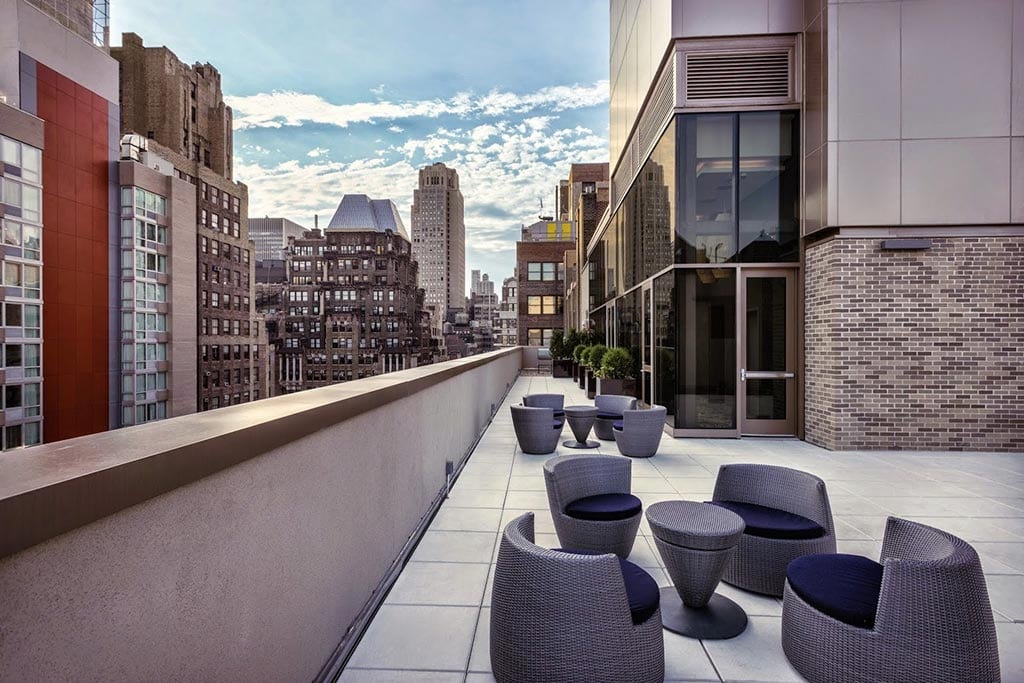Why Cities Are the New Frontier for Extended-Stay Hotels

Skift Take
This week we launched our latest free report The Changing Business of Extended-Stay Hotels, brought to you in partnership with Homewood Suites by Hilton.
Below is an extract. Get the full report here to get ahead of this trend.
Urban areas have been receiving more attention for residential development and a focus on live-work locations. According to the Urban Land Institute, 61 percent of Americans would choose smaller housing in favor of a shorter commute to work and 53 per-cent prefer neighborhoods close to shops, restaurants and offices. Now is the time for extended-stay hotels to move out of commercial areas and suburban corporate parks.
The urban evolution, has required the extended-stay product to "bend and flex," according to Bill Duncan, Global Head, brand management for Homewood Suites by Hilton.
"When you put extended-stay in an urban setting, it's just a little bit different in its thinking," he says. "What we had, we knew was working and customers love our product and service, but it's not as easy to find the kind of land we wanted and needed so we had to think about it very differently."
About 20 percent of Homewood's pipeline is in urban developments, which is the strongest urban pipeline the brand has ever had, according to Duncan. The brand has had a slow and deliberate urban approach, but that is picking up as evidenced by additions in major urban areas, he adds.
The brand's latest prototype, Generation 9.2, allows owners to take advantage of efficiencies in space, but stay relevant and timely with what's going on in the market, Duncan says.
The U.S. development opportunities are in urban markets, says Diane Mayer, VP and global brand manager, Residence Inn by Marriott. "Ten years ago, you could count on one hand the number of urban properties, now we have over 50."
The current Residence Inn hotel base is 15-percent urban and the development pipeline is 40-percent urban locations.
Mayer explained that in the past, the sentiment might have been that it took more experience to develop these products so, "Why bother?"
"Now the philosophy is: 'I understand the concept, there are huge occupancy premiums,'" she said. "So, frankly, it's prohibitively expensive to develop full-service hotels in New York City right now. Midtier in Manhattan is a consumer need and an industry need. It's a hole that needs to be plugged."
For the same reasons, the urban setting also lends itself to adaptive reuse, according to Duncan, speaking to Commercial Property Executive. "We are seeing more opportunities for adaptive reuse properties, like our recently opened property in New York City's Midtown/Times Square-South neighborhood, as the number of failed apartment and office complexes have provided ample options for development. Many of these properties are located in urban areas, making them an appealing option for bringing hotel products into these markets when there are limited options for new construction."





